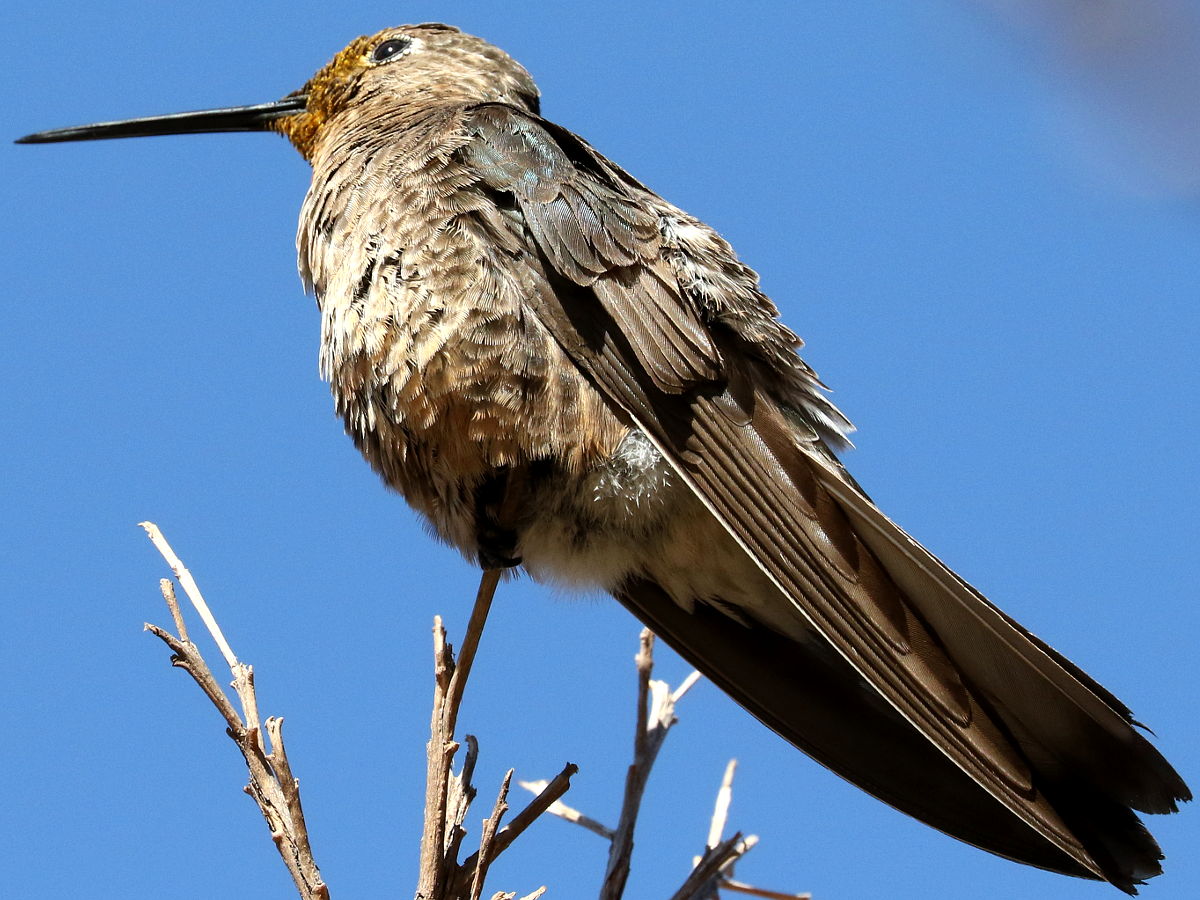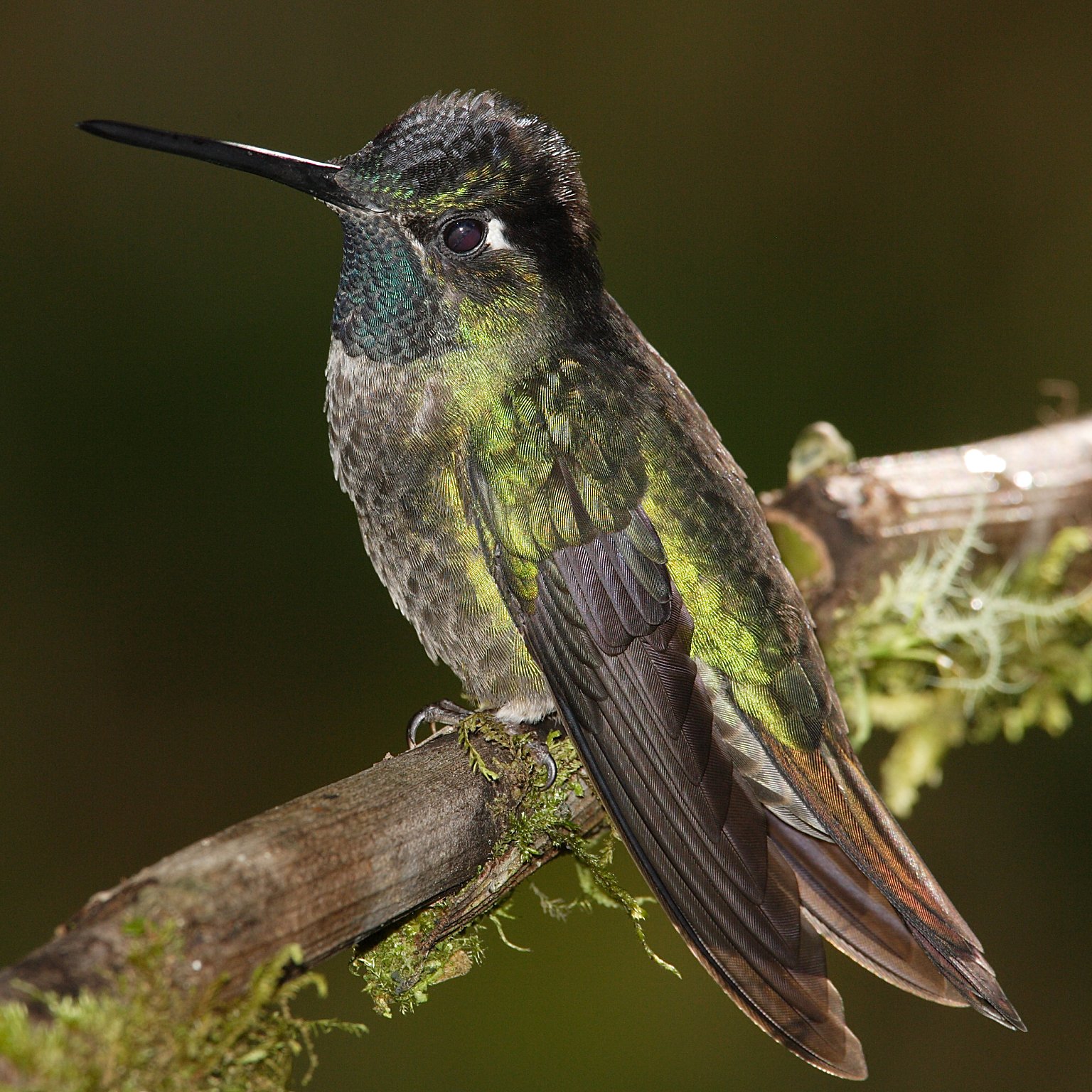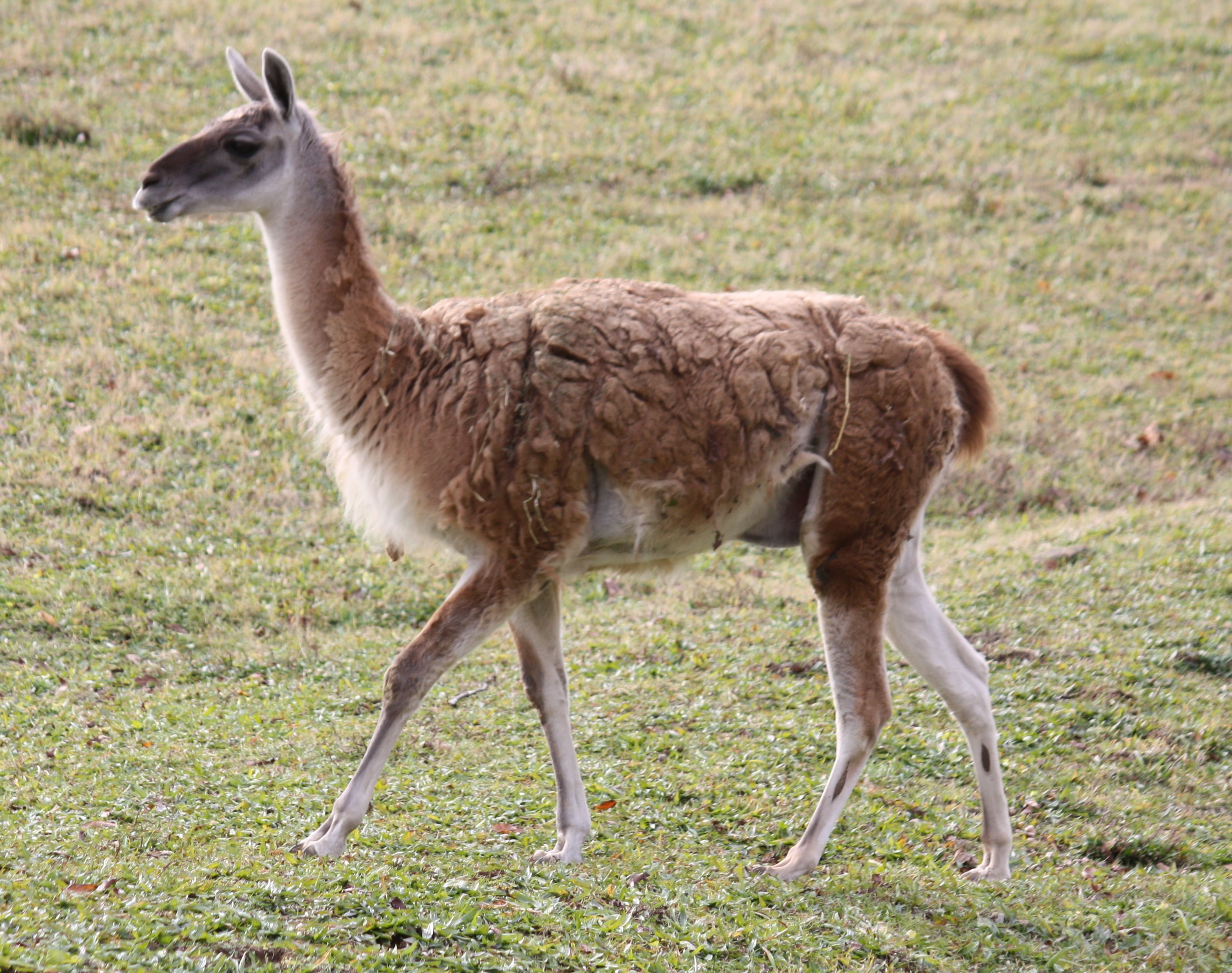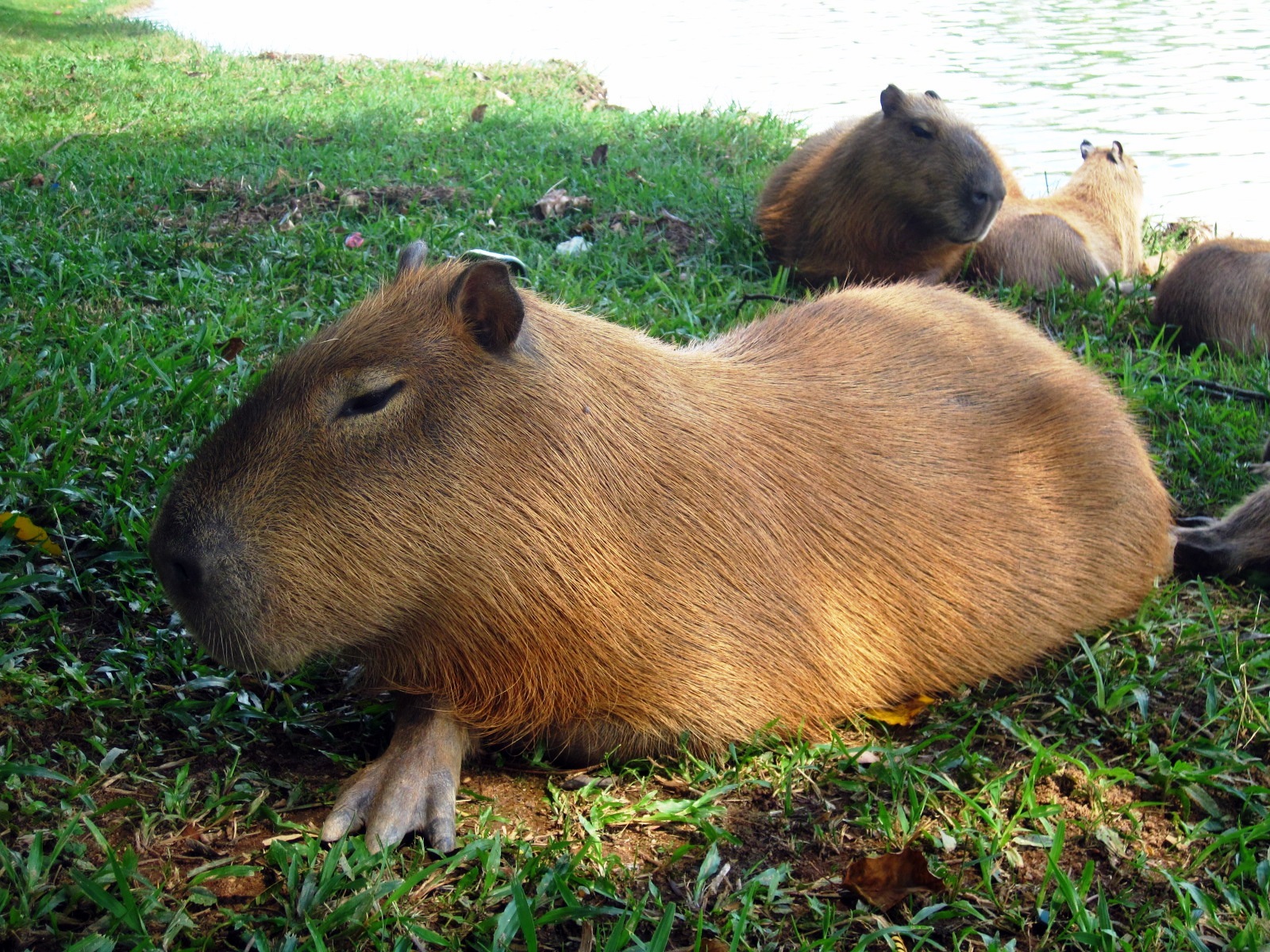|
Southern Giant Hummingbird
The southern giant hummingbird (''Patagona gigas'') is one of two species in the genus '' Patagona'' and the second largest hummingbird species, after its close relative the northern giant hummingbird. Taxonomy In 2014, ''P. gigas'' was split into two species, the northern giant hummingbird (''P. chaski'') and the southern giant hummingbird (''P. gigas''). The subspecies ''P. g. peruviana'' became invalid as it was found to be a ''nomen dubium''. This is because the putative type series for the subspecies includes both giant hummingbird species: one Southern and three Northern giant hummingbirds. Description The subspecies are visually distinguishable. ''P. g. peruviana'' is yellowish brown overall and has white on the chin and throat, where ''P. g. gigas'' is more olive green to brown and lacks white on the chin and throat. Distribution and habitat The giant hummingbird is widely distributed throughout the length of the Andes on both the east and west sides. It typic ... [...More Info...] [...Related Items...] OR: [Wikipedia] [Google] [Baidu] |
Louis Pierre Vieillot
Louis Pierre Vieillot (10 May 1748, Yvetot – 24 August 1830, Sotteville-lès-Rouen) was a French ornithologist. Vieillot is the author of the first scientific descriptions and Linnaean names of a number of birds, including species he collected himself in the West Indies and North America and South American species discovered but not formally named by Félix de Azara and his translator Sonnini de Manoncourt. He was among the first ornithologists to study changes in plumage and one of the first to study live birds. At least 77 of the genera erected by Vieillot are still in use. Biography Vieillot was born in Yvetot. He represented his family's business interests in Saint-Domingue (Haiti) on Hispaniola, but fled to the United States during the Haitian rebellions that followed the French Revolution. On Buffon's advice, he collected material for the ''Histoire naturelle des oiseaux de l'Amérique Septentrionale,'' the first two volumes of which were published in France beginning ... [...More Info...] [...Related Items...] OR: [Wikipedia] [Google] [Baidu] |
International Union For Conservation Of Nature
The International Union for Conservation of Nature (IUCN; officially International Union for Conservation of Nature and Natural Resources) is an international organization working in the field of nature conservation and sustainable use of natural resources. It is involved in data gathering and analysis, research, field projects, advocacy, and education. IUCN's mission is to "influence, encourage and assist societies throughout the world to conserve nature and to ensure that any use of natural resources is equitable and ecologically sustainable". Over the past decades, IUCN has widened its focus beyond conservation ecology and now incorporates issues related to sustainable development in its projects. IUCN does not itself aim to mobilize the public in support of nature conservation. It tries to influence the actions of governments, business and other stakeholders by providing information and advice and through building partnerships. The organization is best known to the wider p ... [...More Info...] [...Related Items...] OR: [Wikipedia] [Google] [Baidu] |
Birds Described In 1824
Birds are a group of warm-blooded vertebrates constituting the class Aves (), characterised by feathers, toothless beaked jaws, the laying of hard-shelled eggs, a high metabolic rate, a four-chambered heart, and a strong yet lightweight skeleton. Birds live worldwide and range in size from the bee hummingbird to the ostrich. There are about ten thousand living species, more than half of which are passerine, or "perching" birds. Birds have whose development varies according to species; the only known groups without wings are the extinct moa and elephant birds. Wings, which are modified forelimbs, gave birds the ability to fly, although further evolution has led to the loss of flight in some birds, including ratites, penguins, and diverse endemic island species. The digestive and respiratory systems of birds are also uniquely adapted for flight. Some bird species of aquatic environments, particularly seabirds and some waterbirds, have further evolved for swimming. ... [...More Info...] [...Related Items...] OR: [Wikipedia] [Google] [Baidu] |
Hummingbird Species Of South America
Hummingbirds are birds native to the Americas and comprise the biological family Trochilidae. With about 361 species and 113 genera, they occur from Alaska to Tierra del Fuego, but the vast majority of the species are found in the tropics around the equator. They are small birds, with most species measuring in length. The smallest extant hummingbird species is the bee hummingbird, which weighs less than . The largest hummingbird species is the giant hummingbird, weighing . They are specialized for feeding on flower nectar, but all species also consume flying insects or spiders. Hummingbirds split from their sister group, the swifts and treeswifts, around 42 million years ago. The common ancestor of extant hummingbirds is estimated to have lived 22 million years ago in South America. They are known as hummingbirds because of the humming sound created by their beating wings, which flap at high frequencies audible to humans. They hover in mid-air at rapid wing-flapping rates, ... [...More Info...] [...Related Items...] OR: [Wikipedia] [Google] [Baidu] |
Birds Of Chile
This is a list of the bird species recorded in Chile. Unless otherwise noted, the list is that of the South American Classification Committee (SACC) of the American Ornithological Society. The SACC list includes species recorded in mainland Chile, on the Chilean islands of the Cape Horn area, on other islands and waters near the mainland, and on and around the Juan Fernández Islands. The list's taxonomic treatment (designation and sequence of orders, families, and species) and nomenclature (common and scientific names) are also those of the SACC.Remsen, J. V., Jr., J. I. Areta, E. Bonaccorso, S. Claramunt, A. Jaramillo, D. F. Lane, J. F. Pacheco, M. B. Robbins, F. G. Stiles, and K. J. Zimmer. Version 31 January 2022. A classification of the bird species of South America. American Ornithological Society. https://www.museum.lsu.edu/~Remsen/SACCBaseline.htm retrieved 1 February 2022 According to the SACC, the avifauna of Chile has 519 confirmed species, of which 12 are endemic, 1 ... [...More Info...] [...Related Items...] OR: [Wikipedia] [Google] [Baidu] |
Birds Of The Puna Grassland
Birds are a group of warm-blooded vertebrates constituting the class Aves (), characterised by feathers, toothless beaked jaws, the laying of hard-shelled eggs, a high metabolic rate, a four-chambered heart, and a strong yet lightweight skeleton. Birds live worldwide and range in size from the bee hummingbird to the ostrich. There are about ten thousand living species, more than half of which are passerine, or "perching" birds. Birds have whose development varies according to species; the only known groups without wings are the extinct moa and elephant birds. Wings, which are modified forelimbs, gave birds the ability to fly, although further evolution has led to the loss of flight in some birds, including ratites, penguins, and diverse endemic island species. The digestive and respiratory systems of birds are also uniquely adapted for flight. Some bird species of aquatic environments, particularly seabirds and some waterbirds, have further evolved for swimming. B ... [...More Info...] [...Related Items...] OR: [Wikipedia] [Google] [Baidu] |
Birds Of The Andes
The fauna of the Andes, a mountain range in South America, is large and diverse. As well as a huge variety of flora, the Andes contain many different animal species. With almost 1,000 species, of which roughly 2/3 are endemic to the region, the Andes are the most important region in the world for amphibians.Tropical Andes - biodiversityhotspots.org The diversity of animals in the Andes is high, with almost 600 species of (13% endemic), more than 1,700 species of (about 1/3 endemic), more than 600 species of |
Trochilinae
Trochilinae is one of the six subfamilies that make up the hummingbird family Trochilidae. The subfamily is divided into three tribes: Lampornithini (mountain gems) containing 18 species, Mellisugini (bees) containing 37 species and Trochilini (emeralds) containing 115 species. Phylogeny The hummingbirds were formerly divided into two subfamilies, the hermits ( Phaethornithinae) and the nonhermits (Trochilinae). The results from a 2007 DNA hybridization study suggested that the hermits were basal to the rest of the family. A molecular phylogenetic study of the hummingbirds published in 2007 found that the family consisted of nine clades. When Edward Dickinson and James Van Remsen Jr. updated the ''Howard and Moore Complete Checklist of the Birds of the World'' for the 4th edition in 2013, they divided the hummingbird family into six subfamilies based on the molecular results and redefined the subfamily Trochilinae to contain three clades, each of which they placed in a separat ... [...More Info...] [...Related Items...] OR: [Wikipedia] [Google] [Baidu] |
Least Concern
A least-concern species is a species that has been categorized by the International Union for Conservation of Nature (IUCN) as evaluated as not being a focus of species conservation because the specific species is still plentiful in the wild. They do not qualify as threatened, near threatened, or (before 2001) conservation dependent. Species cannot be assigned the "Least Concern" category unless they have had their population status evaluated. That is, adequate information is needed to make a direct, or indirect, assessment of its risk of extinction based on its distribution or population status. Evaluation Since 2001 the category has had the abbreviation "LC", following the IUCN 2001 Categories & Criteria (version 3.1). Before 2001 "least concern" was a subcategory of the "Lower Risk" category and assigned the code "LR/lc" or lc. Around 20% of least concern taxa (3261 of 15636) in the IUCN database still use the code "LR/lc", which indicates they have not been re-evalua ... [...More Info...] [...Related Items...] OR: [Wikipedia] [Google] [Baidu] |
Nazca Lines
The Nazca Lines are a group of geoglyphs made in the soil of the Nazca Desert in southern Peru. They were created between 500 BCE and 500 CE by people making depressions or shallow incisions in the desert floor, removing pebbles and leaving differently colored dirt exposed. There are two major phases of the Nazca lines, Paracas phase, from 400 to 200 BCE, and Nazca phase, from 200 BCE to 500 CE. In the years leading up to 2020, between 80 and 100 new figures had been found with the use of drones, and archaeologists believe that there are more to be found. Most lines run straight across the landscape, but there are also figurative designs of animals and plants. The individual figurative geoglyph designs measure between across. The combined length of all the lines is more than , and the group covers an area of about . The lines are typically deep. They were made by removing the top layer of reddish-brown iron oxide-coated pebbles to reveal a yellow-grey subsoil. The ... [...More Info...] [...Related Items...] OR: [Wikipedia] [Google] [Baidu] |
Patagona
The giant hummingbird (''Patagona gigas'') is the only member of the genus ''Patagona'' and the largest member of the hummingbird family, weighing and having a wingspan of approximately and length of . This is approximately the same length as a European starling or a northern cardinal, though the giant hummingbird is considerably lighter because it has a slender build and long bill, making the body a smaller proportion of the total length. This weight is almost twice that of the next heaviest hummingbird species and ten times that of the smallest, the bee hummingbird. Taxonomy The giant hummingbird was described and illustrated in 1824 by the French ornithologist Louis Jean Pierre Vieillot based on a specimen that Vieillot mistakenly believed had been collected in Brazil. The type locality was designated as Valparaíso in Chile by Carl Eduard Hellmayr in 1945. The giant hummingbird is now the only species placed in the genus ''Patagona'' that was introduced by George Robert ... [...More Info...] [...Related Items...] OR: [Wikipedia] [Google] [Baidu] |
Nazca Culture
The Nazca culture (also Nasca) was the archaeological culture that flourished from beside the arid, southern coast of Peru in the river valleys of the Rio Grande de Nazca drainage and the Ica Valley.''The Nasca'' by Helaine Silverman and Donald A. Proulx. Blackwell Publishers. Malden. 2002. Strongly influenced by the preceding Paracas culture, which was known for extremely complex textiles, the Nazca produced an array of crafts and technologies such as ceramics, textiles, and geoglyphs. They are known for two extensive construction projects that would have required the coordination of large groups of laborers: the Nazca Lines, immense designs in the desert whose purpose is unknown, and puquios, underground aqueducts for providing water for irrigation and domestic purposes in the arid environment. Several dozen still function today. The Nazca Province in the Ica Region was named for this people. History Time frame Nazca society developed during the Early Intermediate Pe ... [...More Info...] [...Related Items...] OR: [Wikipedia] [Google] [Baidu] |



.jpg)





